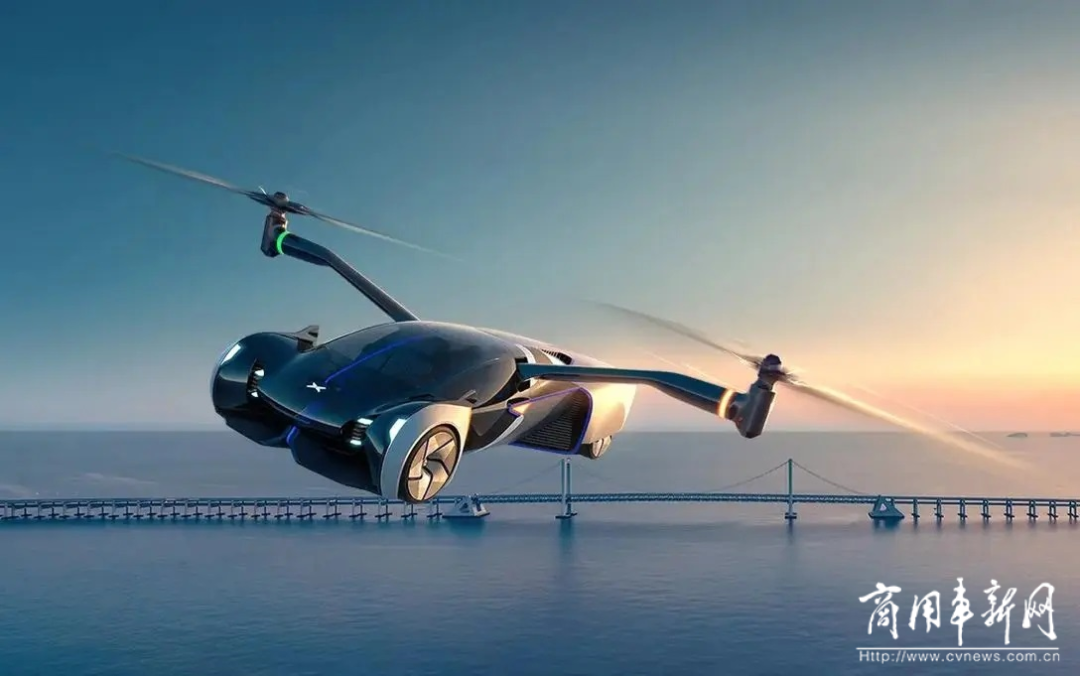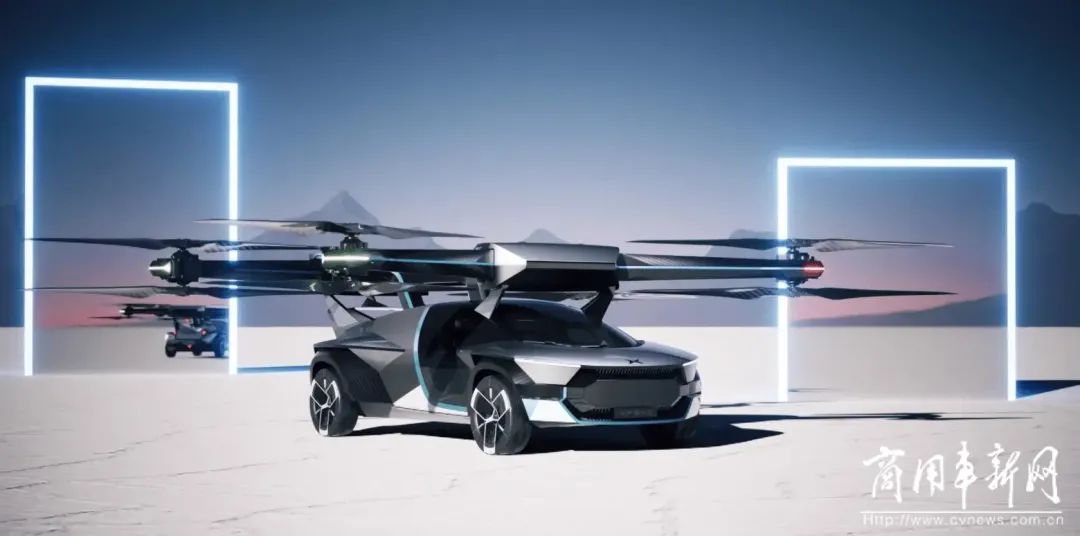2024 Two Sessions | Tracking Automotive Hotspots: 'Low altitude Economy'
At the just concluded 2024 National People's Congress and Chinese People's Political Consultative Conference, the low altitude economy was included for the first time in the government work report. The favorable policies have once again elevated the strategic emerging industry status of the low altitude economy, and as one of the important carriers of the low altitude economy, flying cars have become a new trend pursued by capital. Against this backdrop, people's lifestyles may undergo tremendous changes, and the landscape of the automotive industry will also undergo transformation.

First time included in the government work report
What is low altitude economy?
Low altitude economy refers to a comprehensive economic form that is driven by various low altitude flight activities of manned and unmanned aerial vehicles, radiating and driving the integrated development of related fields. As a strategic emerging industry, the low altitude economy is a new track for industrial development and a new engine for economic growth, which has become a consensus among the government, industry, and enterprises.
3月5日,国务院总理李强作政府工作报告时提出,要“积极打造生物制造、商业航天、低空经济等新增长引擎”。低空经济首次被写入政府工作报告,引发了代表、委员们的热议。
Ningbo, a deputy to the National People's Congress and secretary of Wuhu Municipal Party Committee, said that the low altitude economy has become an important area to cultivate new driving forces for development, and it is necessary to vigorously promote the healthy development of low altitude economy.
Long Guoying, a member of the National Committee of the Chinese People's Political Consultative Conference and deputy chairman of the Jiangxi Provincial Committee of the Agricultural and Labor Party, suggested accelerating the formulation of short, medium, and long-term development plans for China's low altitude economy, as well as relevant laws, regulations, and supervision and management systems for the development of low altitude economy, to ensure the healthy development of China's low altitude economy.
Zhang Ying, member of the National Committee of the Chinese People's Political Consultative Conference, Ma Tonggui, deputy to the National People's Congress and others also mentioned the importance of top-level design when developing low altitude economy.

Similarly, during the two sessions this year, He Xiaopeng, a deputy to the National People's Congress and chairman and CEO of Xiaopeng Auto, brought the Proposal on Promoting the Application of Flying Cars and Boosting the Development of New Quality Productivity in Low Altitude Economy, calling for multi-party cooperation from the aspects of policy and regulation protection, business model construction, operation mechanism innovation, etc., exploring policies and regulations for limited scenarios of driverless driving, accelerating the application of flying cars, so that consumers can enjoy the future travel experience brought by high-tech development faster and more conveniently.
It is not difficult to see that the low altitude economy has reached a new stage of development, and high-tech aviation vehicles represented by flying cars have become a new blue ocean market. In the future, driving to the sky is no longer an unattainable dream.

The commercial vehicle industry may be the first to usher in changes
Considering the limited payload and range of flying vehicles, as well as the complexity and difficulty of manned permits, commercial vehicle news media believes that flying vehicles are expected to be the first to be applied in logistics transportation and emergency rescue scenarios. Therefore, the commercial vehicle industry may be the first segmented market to be affected by flying cars.
Let's imagine what changes flying cars would bring to the traditional commercial vehicle industry if they could be applied in commercial vehicle scenarios?
One is to improve logistics efficiency. Logistics transportation has high requirements for delivery speed, and low altitude delivery has the potential to become the best solution to improve delivery efficiency. Once commercial vehicles fly into the sky, they will no longer be limited by ground transportation, greatly improving logistics speed and achieving true "flash delivery". In addition, flying cars can also land directly at the destination, optimizing traditional logistics processes such as transfer and unloading, further improving logistics efficiency.
The second is to expand the scope of transportation. Traditional commercial vehicles often cannot reach some remote areas or special terrains due to limitations in ground transportation. Flying cars can break through these limitations and expand their transportation range to a wider area. Flying cars can cross mountains, rivers, and forests, providing convenient transportation services for remote areas.
The third is to solve urban traffic congestion. Traffic congestion has always been a common "urban disease", and most cities have implemented traffic restrictions on trucks in order to alleviate traffic congestion. If flying cars can truly be implemented, there will be a completely new solution to the problem of traffic congestion.

Of course, both low altitude economy and flying cars are still in their infancy, and there is still a lot of uncertainty about whether they can be implemented in corresponding scenarios in the future. However, driven by policies and the market, the speed at which "flying commercial vehicles" are brought into reality may be faster than people imagine.